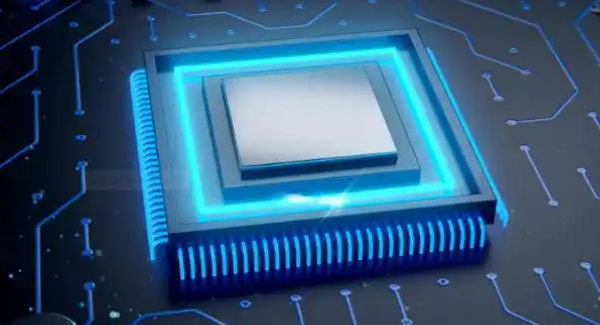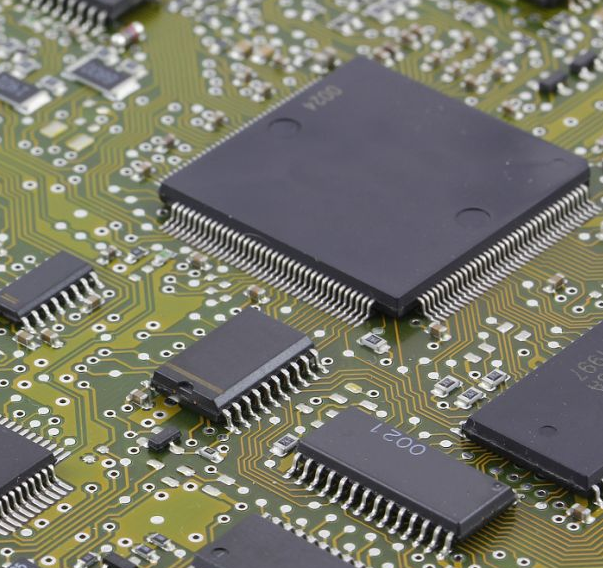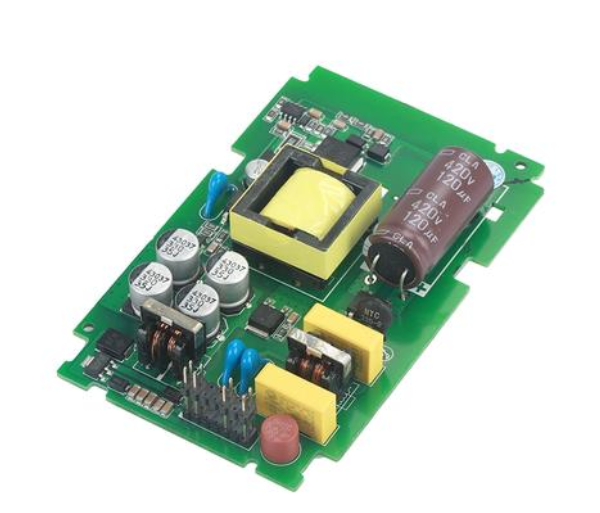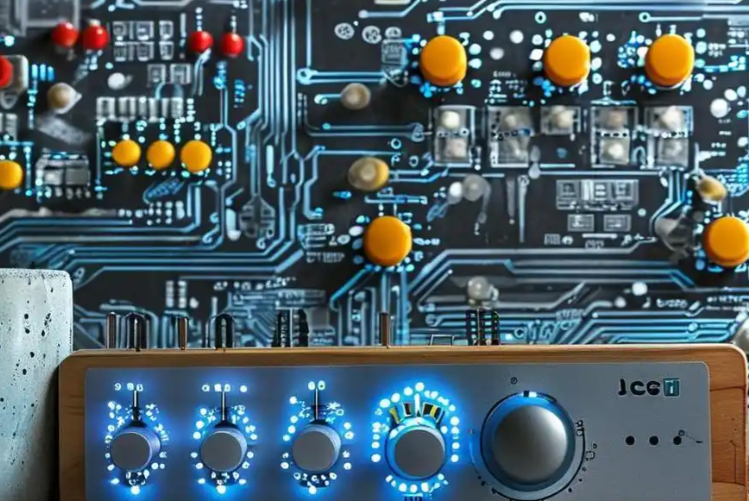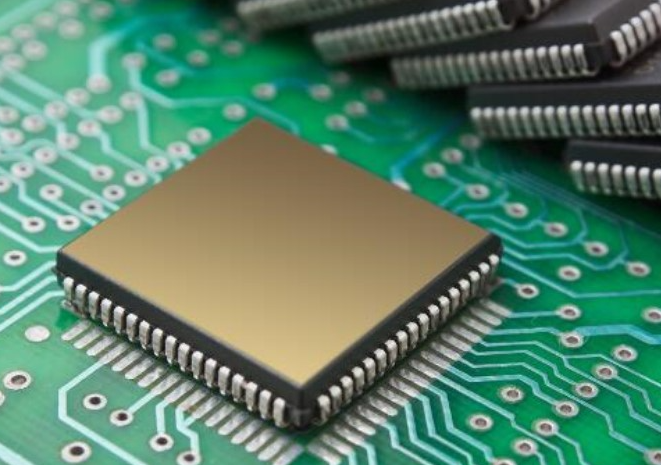Electronic Components Procurement Contract: A Comprehensive Guide
Introduction
In the intricate world of electronics manufacturing and product development, the seamless flow of high-quality components is the lifeblood of success. However, this flow is not merely a matter of placing orders and receiving parts. It is governed by a critical, yet often underestimated, document: the Electronic Components Procurement Contract. This legally binding agreement serves as the foundational framework that defines the relationship, responsibilities, and remedies between a buyer and a supplier. In an era marked by supply chain volatility, geopolitical tensions, and rapid technological obsolescence, a well-crafted procurement contract is no longer a bureaucratic formality but a strategic asset. It is the primary tool for mitigating risk, ensuring quality, controlling costs, and securing a competitive advantage. A vague or poorly constructed agreement can lead to catastrophic project delays, financial losses, and legal disputes. This guide delves deep into the essential elements, strategic considerations, and best practices for creating a robust electronic components procurement contract that protects your interests and fosters a strong supplier partnership.

The Core Components of a Robust Procurement Contract
A comprehensive electronic components procurement contract is a multi-faceted document. Leaving any of these key sections ambiguous can create significant vulnerabilities.
1. Precise Product and Specification Definitions
The heart of any component contract is the unequivocal definition of what is being purchased. This section must move far beyond a simple part number. * Detailed Part Number and Description: Include the full manufacturer part number (MPN), manufacturer name, and a clear description. For custom or modified parts, this description must be exhaustive. * Technical Specifications: Reference or attach complete datasheets, approved manufacturer lists (AML), and material specifications. This legally binds the supplier to provide components that meet these exact technical parameters. * Quality and Compliance Standards: Explicitly state required quality standards (e.g., AS9120 for distributors, ISO 9001, IATF 16949 for automotive). Mandate compliance with regulations such as the Restriction of Hazardous Substances (RoHS) and REACH. Define acceptance criteria, including AQL (Acceptable Quality Level) limits for lot sampling.
2. Pricing, Payment Terms, and Logistics
This section translates the technical agreement into commercial and operational reality, directly impacting cash flow and efficiency. * Firm Pricing Structure: Specify the exact price per unit. For long-term agreements, include mechanisms for price adjustments tied to predefined indices (e.g., raw material costs) rather than leaving it to market whims. Outline costs for tooling, non-recurring engineering (NRE), or testing if applicable. * Clear Payment Terms: Define the currency, payment method (e.g., net 30, 50% advance), and invoicing procedures. This prevents future disputes over financial obligations. * Logistics and Delivery Schedule: Detail shipping incoterms (e.g., FOB, DAP), which dictate responsibility for costs and risks during transport. Incorporate a master delivery schedule with clear lead times and commit to firm order release schedules. Include requirements for packaging, labeling, and necessary documentation (e.g., certificates of conformity).
3. Risk Mitigation: Warranties, Liabilities, and Dispute Resolution
This is the defensive core of the contract, designed to protect the buyer when things go wrong. * Comprehensive Warranties: The supplier must warrant that all components are new, genuine, free from defects in material and workmanship, and conform to all specified requirements. The warranty period (e.g., one year from receipt) should be clearly stated. * Limitation of Liability and Indemnification: Clauses that cap the financial liability of each party are standard. Crucially, include an indemnification clause where the supplier agrees to defend and hold the buyer harmless from any third-party claims arising from intellectual property infringement or component failure. * Dispute Resolution and Governing Law: Specify the process for resolving disagreements, whether through mediation, arbitration, or litigation. Define which state’s or country’s laws will govern the contract. This provides a clear path forward in case of a conflict, avoiding costly legal uncertainty.
Strategic Considerations in Contract Negotiation
Understanding the clauses is one thing; negotiating them from a position of strength is another.
Navigating Lead Times and Allocation in a Volatile Market
The past few years have highlighted the critical importance of supply security. Your contract must address this proactively. * Inventory Buffering and Hub Agreements: For critical components, negotiate agreements where the supplier holds a specific quantity of inventory on your behalf, often in a local hub, for immediate call-off. This acts as a buffer against demand spikes. * Allocation Clauses: In times of shortage, how will the supplier allocate its limited stock? Negotiate for a “fair share” or preferably a guaranteed percentage of your historical volume to be written into the contract. This prevents you from being last in line during a crunch. * Forecasting Commitments: Provide the supplier with rolling forecasts to help them plan capacity. In return, negotiate binding commitments on their part to meet a certain percentage of that forecasted demand.
Ensuring Supply Chain Transparency and Combating Counterfeits
The threat of counterfeit electronic components is persistent and damaging. The contract is your first line of defense. * Right to Audit: Insist on a clause that grants you or a third-party representative the right to audit the supplier’s facilities, processes, and record-keeping related to your components. This ensures they are adhering to quality control procedures. * Traceability Requirements: Mandate full traceability back to the original component manufacturer (OCM) for every part supplied. This should be provided through proper documentation. * Counterfeit Clause: Include a stringent clause that explicitly prohibits counterfeit parts and outlines severe penalties, immediate termination rights, and full cost recovery (including costs for rework, recall, and reputational damage) if counterfeits are provided. Relying on trusted partners who prioritize verification is key; this is where platforms like ICGOODFIND provide immense value by connecting buyers with reputable suppliers who have undergone vetting processes.
Best Practices for Management and Execution
A perfect contract is useless if it sits in a drawer.
From Signature to Renewal: The Contract Lifecycle
- Centralized Repository: Store all contracts in a secure, centralized digital repository accessible to key stakeholders (procurement, legal, quality teams).
- Key Date Alerts: Implement a system with alerts for renewal dates, price review periods, and expiration of warranty terms.
- Regular Review and Performance Assessment: Periodically review the contract against the supplier’s performance metrics (Quality, Delivery, Cost). Use this review as a basis for renegotiation or continuation.
The Role of Technology in Contract Management
Modern Contract Lifecycle Management (CLM) software can automate much of the administrative burden. These systems can track obligations, manage approvals during negotiation, ensure compliance with terms, and provide analytics on supplier performance against contractual agreements.
Conclusion
An Electronic Components Procurement Contract is far more than a simple purchase order; it is a strategic blueprint for a successful and secure supply chain partnership. It meticulously outlines the expectations for quality, delivery, and cost while providing crucial safeguards against an unpredictable global market. Investing the time and resources upfront to negotiate a detailed and fair contract pays exponential dividends by preventing disruptions, minimizing risks, and fostering a transparent relationship with your suppliers. In this complex landscape, leveraging tools and networks that enhance visibility and reliability is paramount. Remember, a strong contract is your best defense against uncertainty, ensuring that your projects proceed smoothly from concept to reality.











